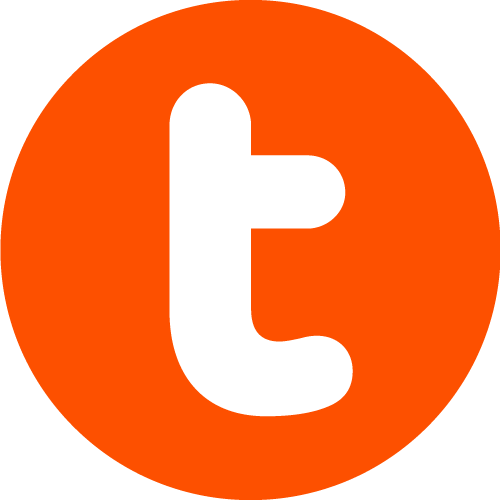Got something to say about tech in China? Hit TechNode with a pitch!
We’re always looking for interesting content from digital nomads, growth hackers, and industry insiders. If you’ve got an amazing story to tell, insight into the current and future trends of Chinese tech, or an on-the-ground tell-all, we want to hear from you! We are open to a variety of topics related to China’s ever-changing startup and technology ecosystems.
If you’re looking for a full-time position, please check here.
Tips for a good pitch
- Make a point: Tell us what’s going on in a few words. “I’m going to write about dogs on Douyin” isn’t a pitch—but “I’m going to write that dogs are taking over Douyin” is.
- Keep it clear: Use plain English, avoid jargon and buzzwords.
- Keep it short: Our preferred length for submissions is 700-900 words. Longer pieces will need to be stronger to be accepted.
To pitch us a story, please fill in this form.

